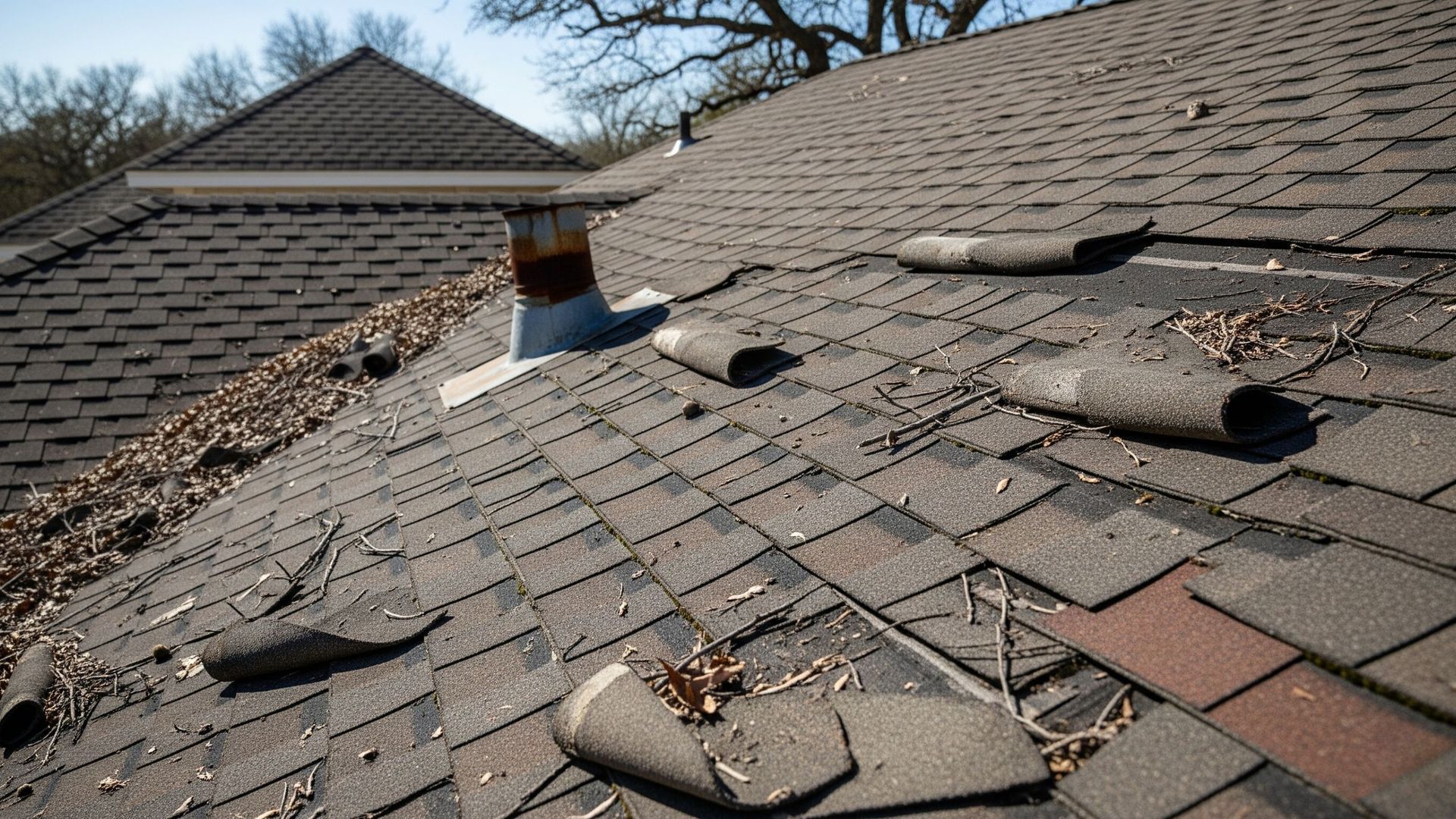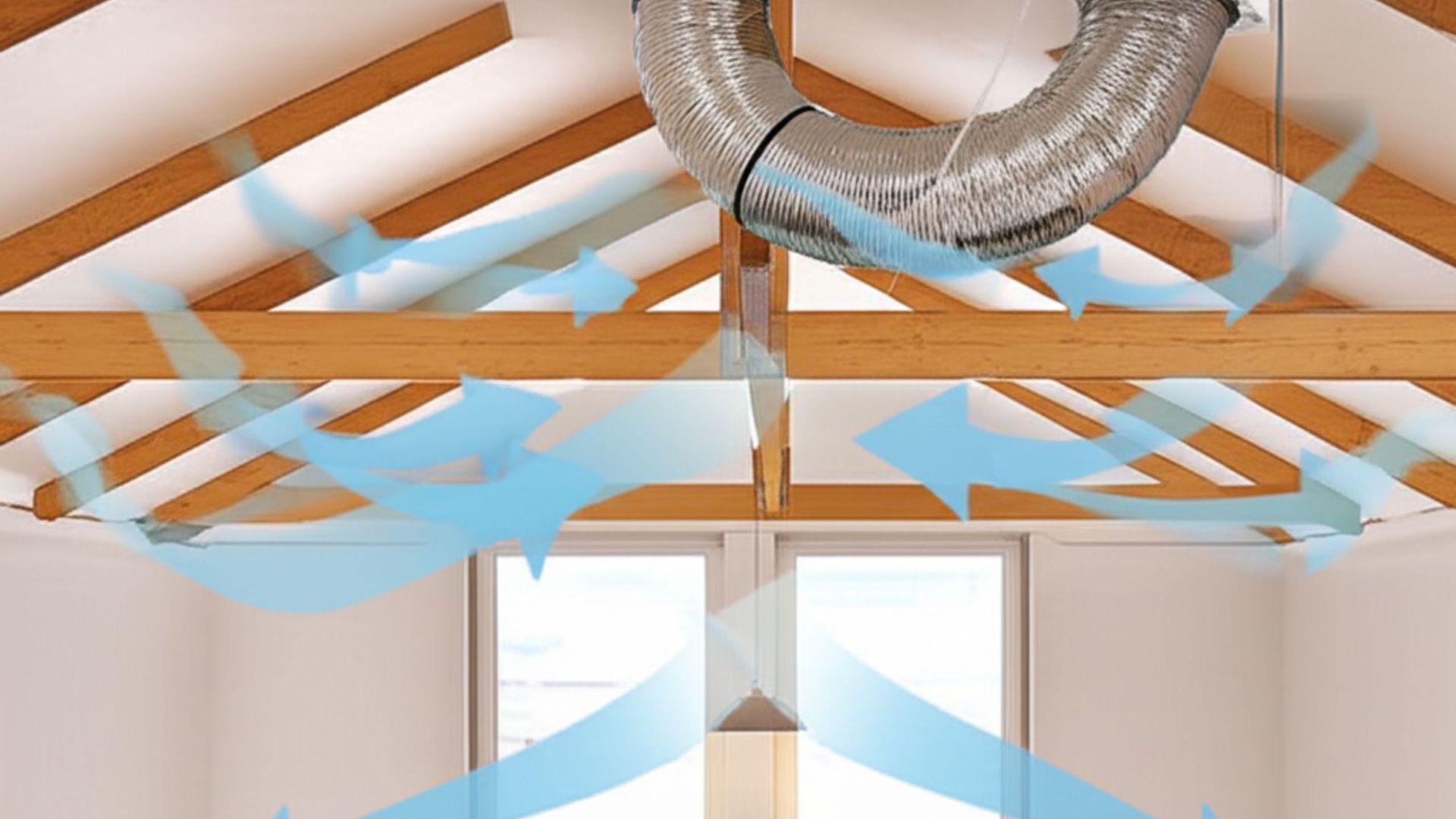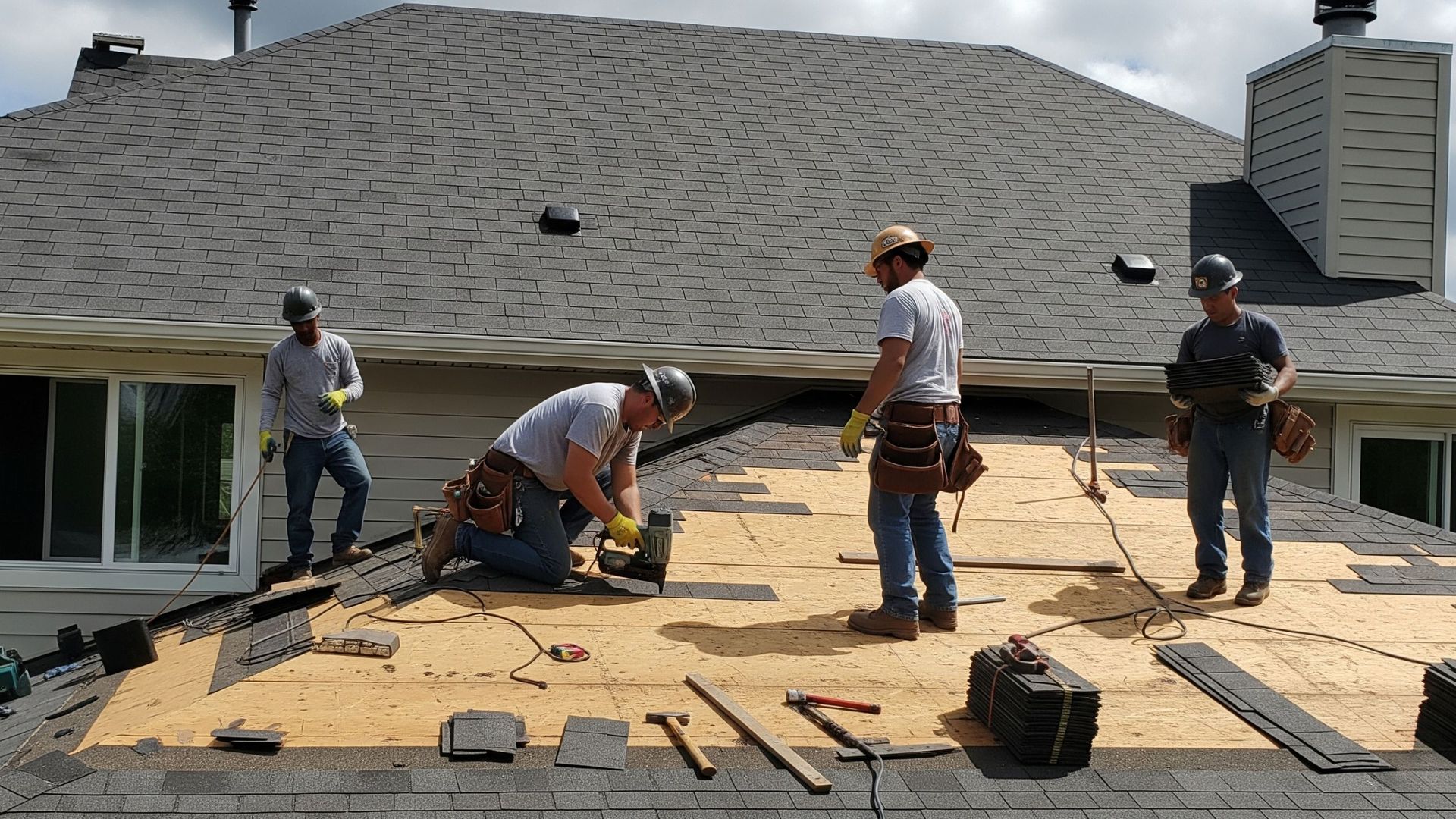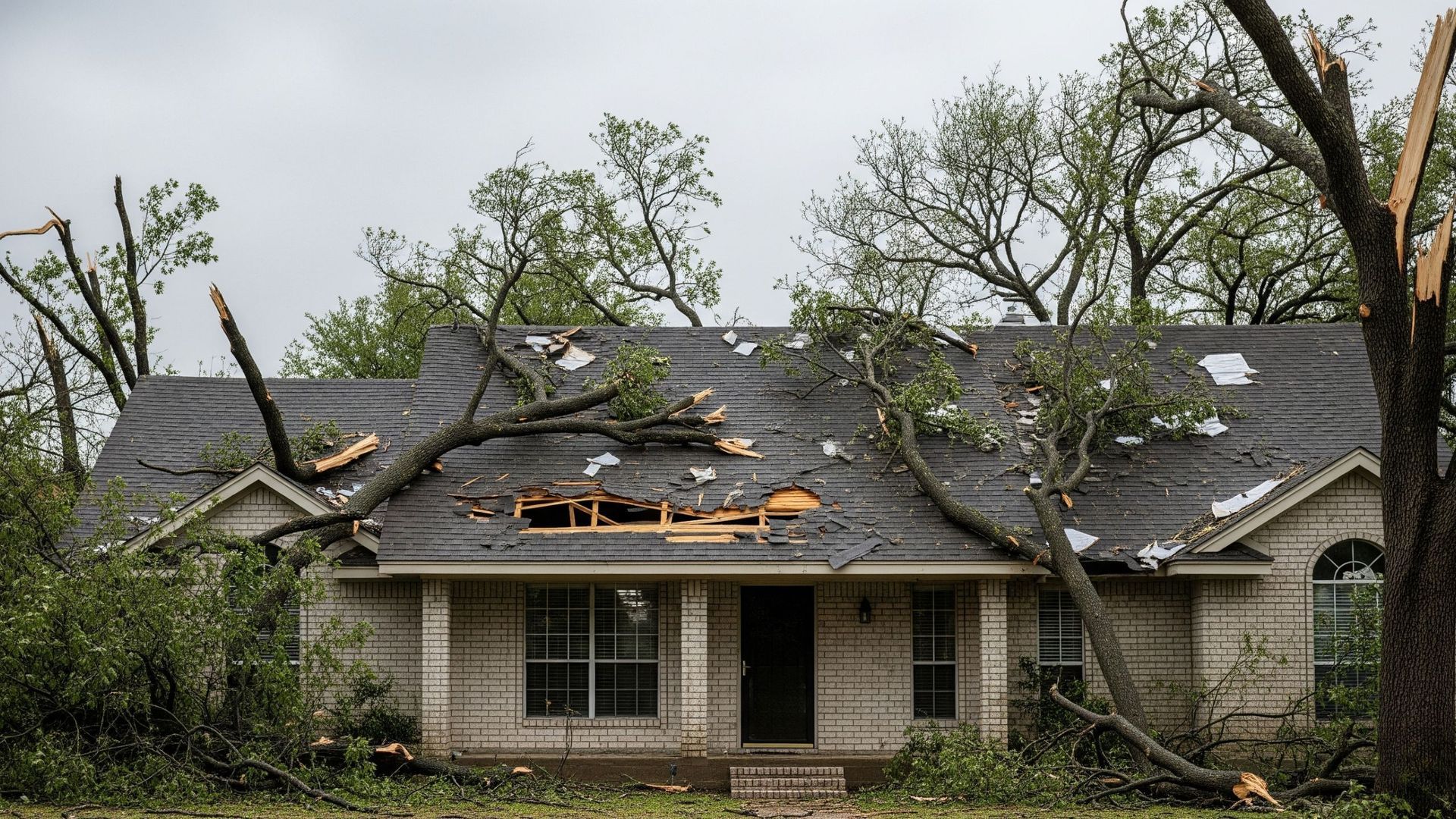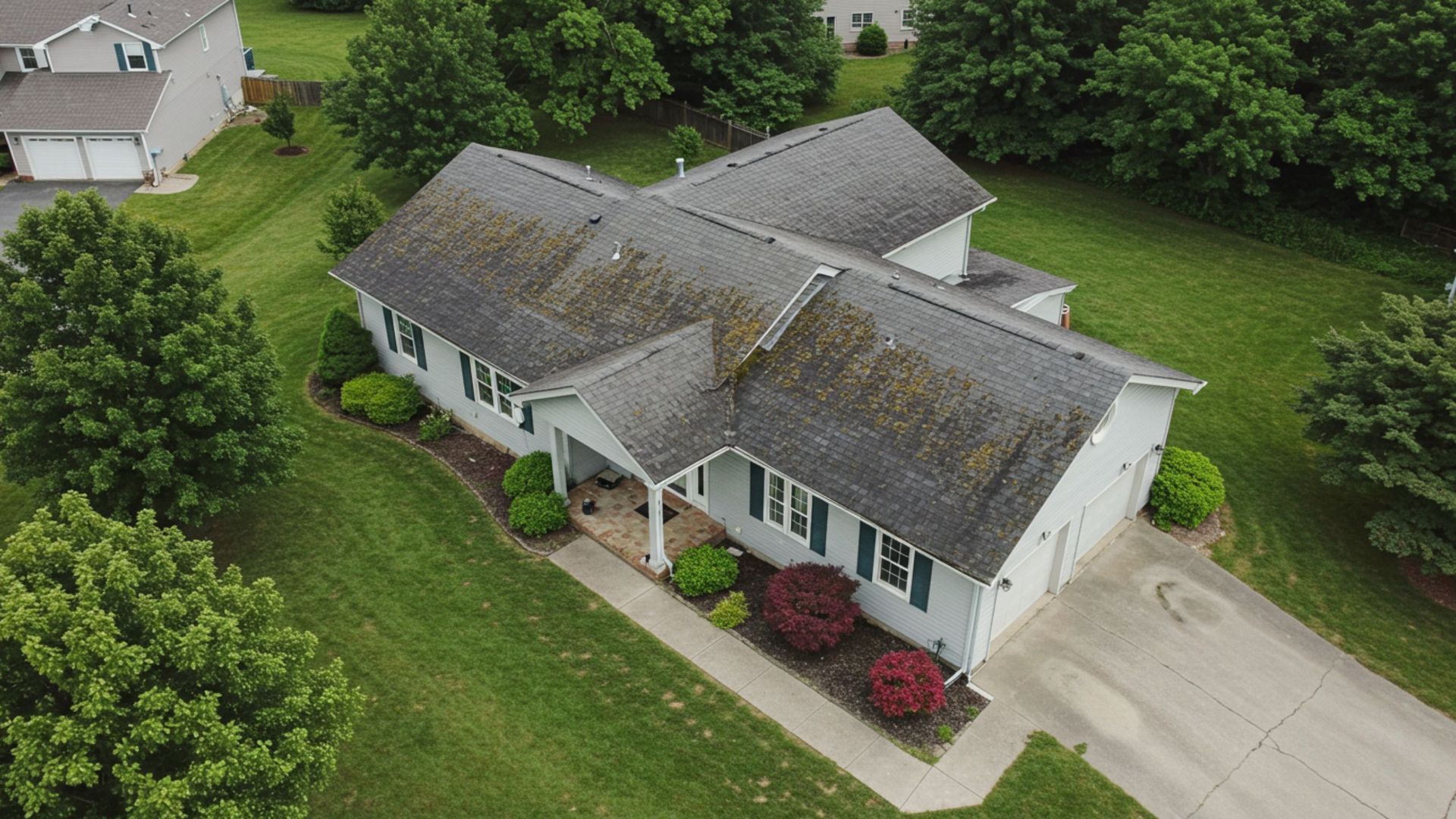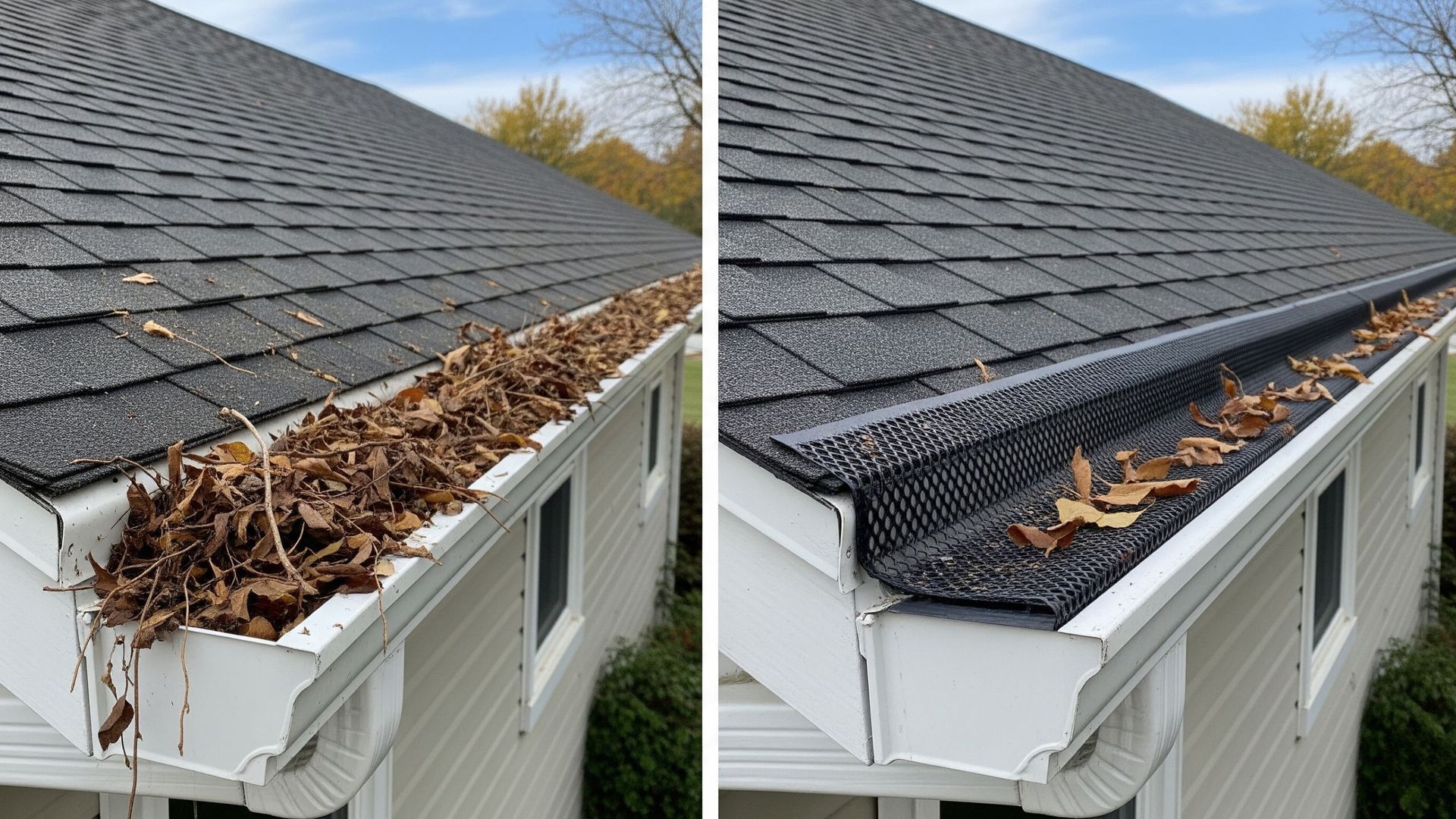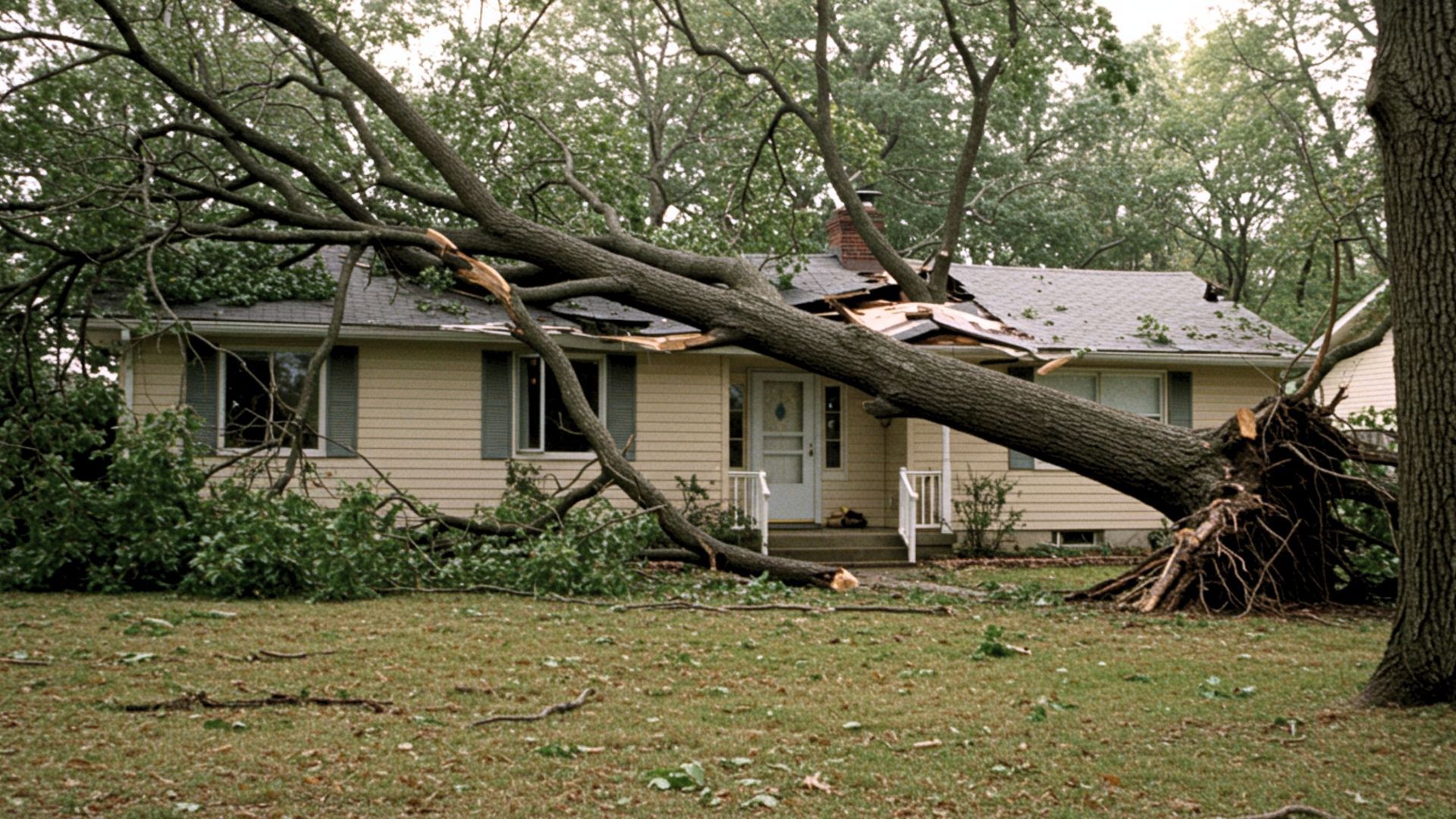What to Expect During a Roof Replacement: A Homeowner’s Guide
Replacing your roof is one of the biggest home improvement projects you’ll face as a homeowner. While the process can seem overwhelming, understanding what to expect can help ease your worries and ensure the project goes smoothly. In this guide, we'll walk you through the roof replacement process from start to finish so that you’re fully prepared when the time comes to upgrade your roof.
Initial Consultation and Inspection
Before the roof replacement process begins, you'll start with a consultation and inspection. A professional roofing contractor will come to your home, assess the condition of your existing roof, and determine whether a replacement is necessary. During this phase, you’ll discuss materials, design preferences, timelines, and costs.
At this stage, it's important to ask questions and express any concerns you may have. A good contractor will help guide you through your options and provide a detailed estimate so you know what to expect in terms of budget and project scope.
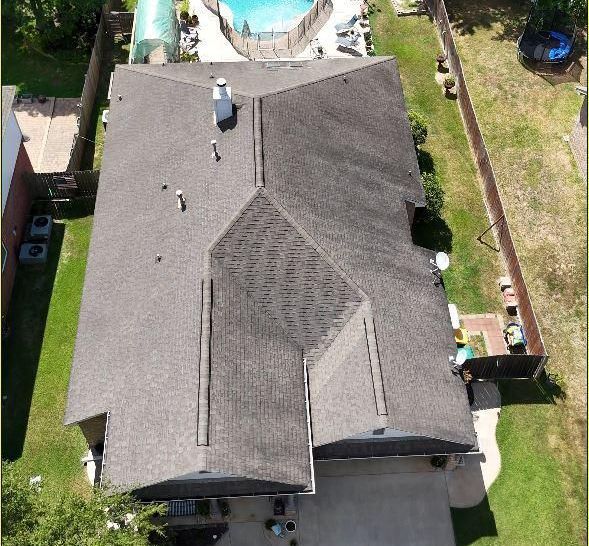
Preparing for the Project
Once you’ve selected your roofing contractor and agreed on the details, it’s time to prepare for the replacement. Preparing your home can make the process smoother and protect your belongings from potential damage during the installation.
Here are some steps to take before the work begins:
- Clear the area around your home: Move vehicles, outdoor furniture, and other belongings away from the house to give workers plenty of space to work and protect your items from falling debris.
- Protect valuables inside the home: Roof replacement can cause vibrations that may shake the walls. Consider covering or temporarily relocating fragile items inside your home.
- Plan for noise: Replacing a roof can be noisy, so if you work from home or have small children, you may want to make alternative arrangements for the duration of the project.
The Roof Replacement Process
The roof replacement itself involves several key steps. Here’s what you can expect on installation day:
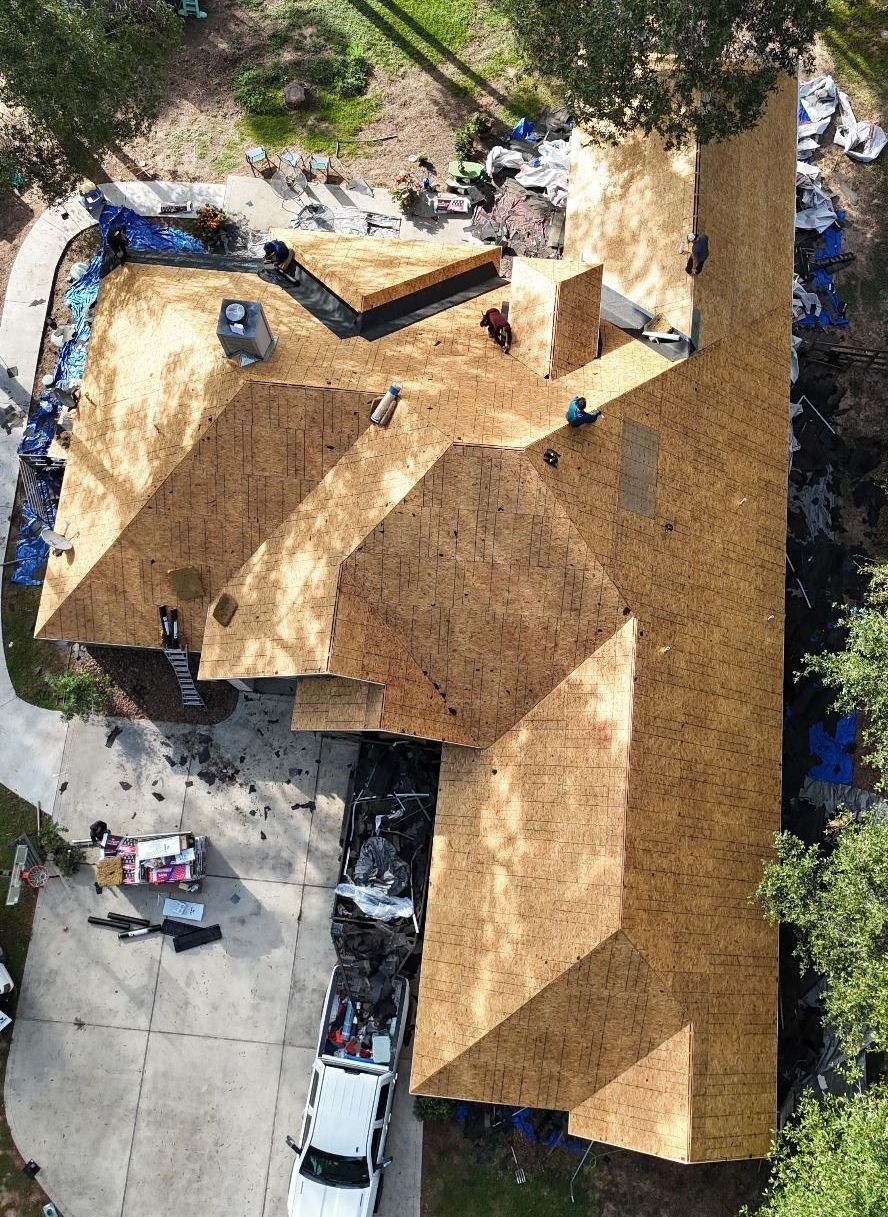
1. Removal of the Old Roof:
The first step in replacing your roof is tearing off the old one. This involves removing the shingles, underlayment, and any damaged decking. It’s a messy process, but roofing crews will typically lay tarps around your home to collect debris and protect your landscaping.
2. Inspection of Roof Decking:
Once the old roof has been removed, the roofing contractor will inspect the underlying roof decking. If the decking is in good condition, it will remain in place. However, if there are any signs of damage, such as rot or mold, the damaged sections will need to be replaced to ensure the structural integrity of your new roof.
3. Installation of New Roofing Materials:
With the old roof removed and the decking prepped, the installation of your new roof begins. The first layer installed is the underlayment, which acts as a barrier to protect your home from moisture. Next, the shingles or other roofing material you’ve chosen are applied. During this phase, workers will be on your roof hammering and cutting, so expect some noise and activity around your home.
Post-Installation Cleanup and Inspection
Once the new roof is in place, the crew will clean up the area, removing debris, tarps, and any stray nails. Many roofing companies use specialized equipment, such as magnetic tools, to pick up loose nails and ensure that your yard is safe. After cleanup, the contractor will perform a final inspection to make sure everything was installed correctly and meets your expectations.
This is your opportunity to ask any final questions or express any concerns. A good contractor will walk you through the finished product, explaining the work that was done and what to expect in terms of maintenance and care for your new roof.
What to Expect After Roof Replacement
With your new roof in place, your home is better protected against the elements, and you’ll likely see an improvement in energy efficiency and curb appeal. After the project is complete, you may want to schedule regular maintenance inspections to keep your roof in top shape and ensure its longevity.
If your roof comes with a warranty, be sure to familiarize yourself with the terms. Many warranties cover materials and workmanship, but you may need to follow certain guidelines to keep the warranty valid, such as annual inspections or immediate repair of any damage.
Replacing your roof may seem daunting, but with the right preparation and understanding of the process, you can ensure a smooth and successful project. At TrustWorks Construction, we’re here to guide you every step of the way, from the initial consultation to the final inspection. Our experienced team will make sure your home is equipped with a strong, durable roof that will protect you for years to come.
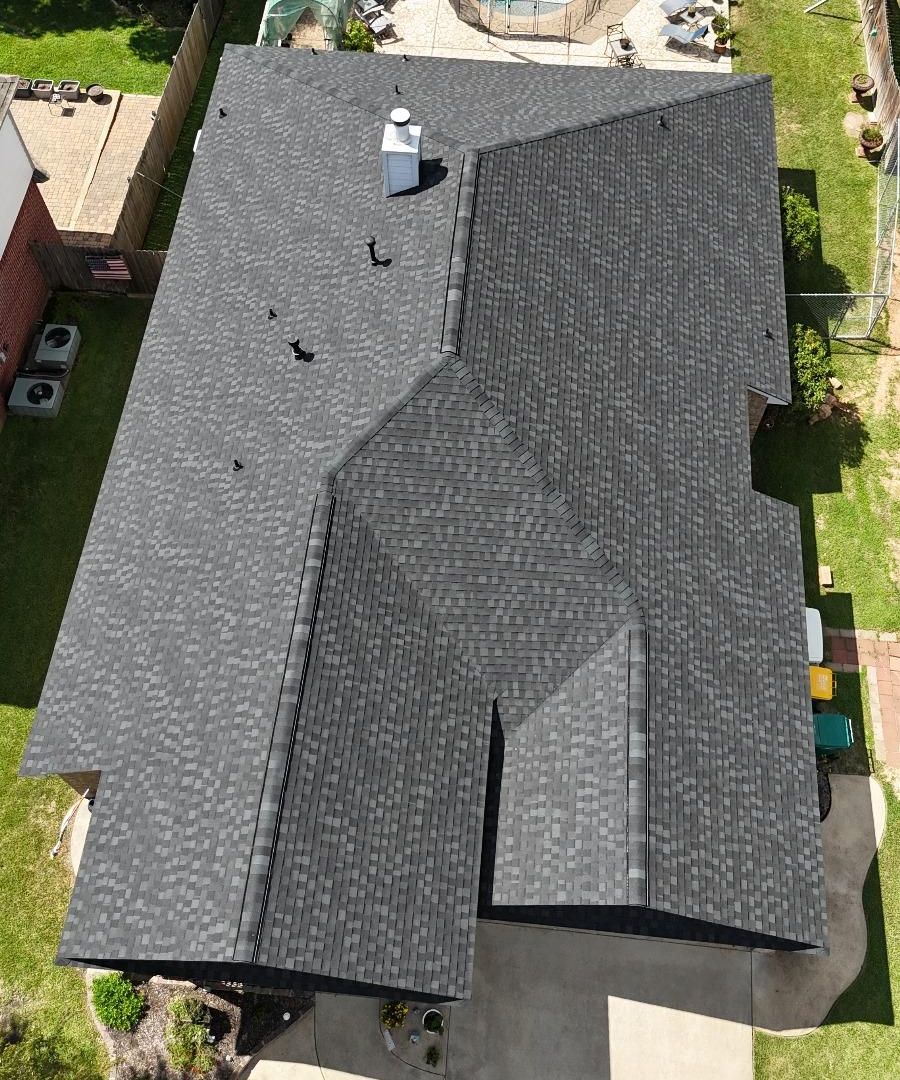
If you’re ready to upgrade your roof or have questions about the process, contact TrustWorks Construction today. We offer free consultations and expert guidance to help you make informed decisions about your home’s roofing needs.
